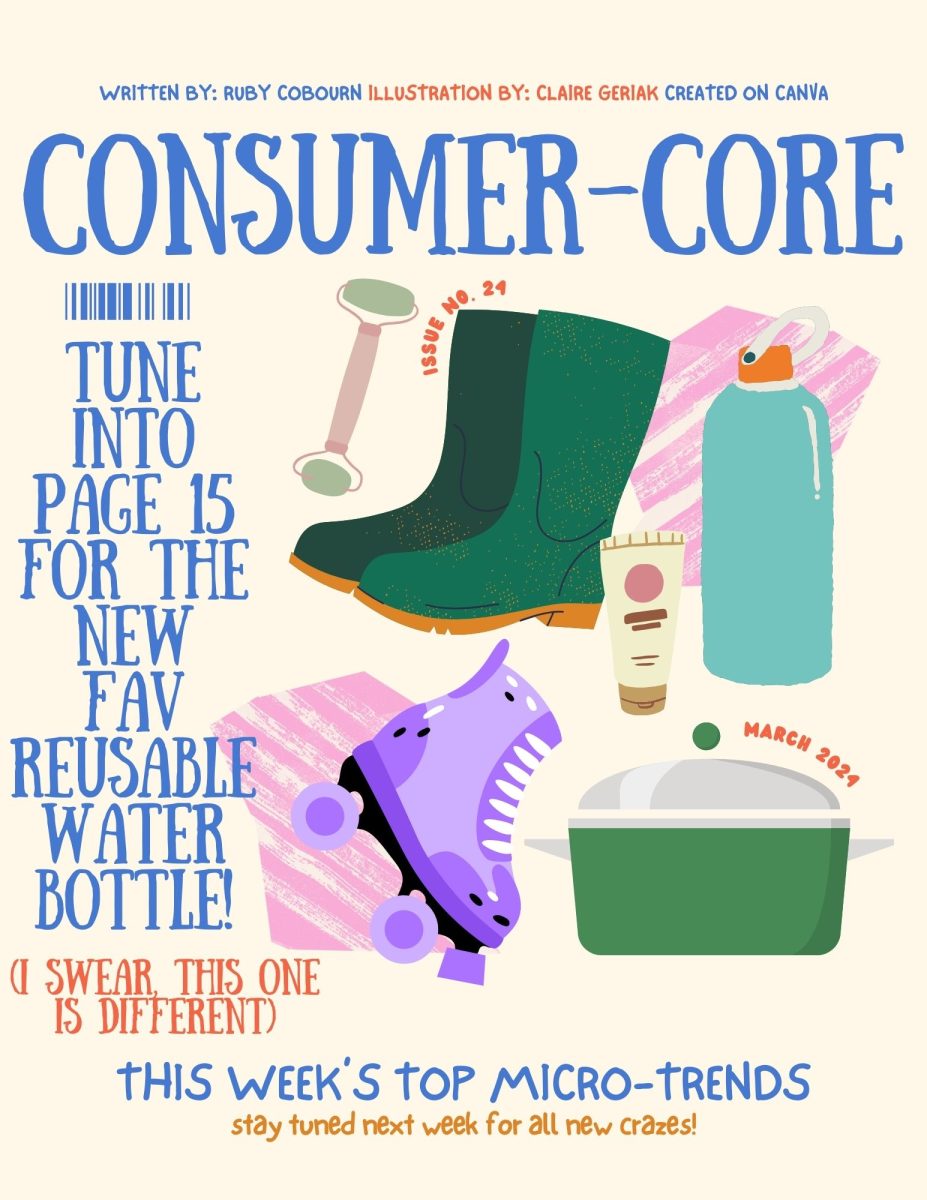It is no secret that the marketing tactics of our capitalistic society are abundant. However, as technology continues to develop, fast-paced content and immediate consumption foster a new demand for engagement. This need to capture the attention of consumers has resulted in dangerously discreet methods of promoting products on the internet. As social media becomes integrated into our daily lives, it is essential to ask ourselves what we are truly being subjected to and what can be done about it.
An influx of advertisements has recently graced many social media platforms like Instagram, YouTube, and TikTok. While advertising has always existed on these sites, the parameters of what actually qualifies as an advertisement have grown obscure. This is partially credited to individual content creators now being in the driver’s seat when a brand sponsors them to promote their product. While these ads must be disclosed to the influencer’s audience, the manner in which they choose to do this varies.
According to the Federal Trade Commission Act Endorsement Guidelines, there are instances when a simple hashtag that alludes to the post being sponsored will suffice. In addition, some influencers resort to Affiliate Marketing or generating traffic for sale through a third party. For influencers, this usually occurs in the form of a link that they provide on their social media. When a creator’s followers ask about the products featured in their video, they respond with this link and receive a commission for any purchases made through it. This benefits both the brand and the influencer, as the brand isn’t required to spend as much money on an entire sponsored post from the influencer, let alone an entire advertisement campaign, but it leaves viewers wondering if the influencer genuinely uses these products at all.
These marketing tendencies also contribute to micro-trends, or short-lived fads, which continue to spike with the dominance of social media. They originate from a product, or even products that support a popular ‘aesthetic,’ quickly gaining popularity and becoming so over-saturated that they fizzle out as soon as they begin.
Fast-fashion companies latch on to micro-trends as these products are the easiest to produce and sell, resulting in ‘dupes,’ or look-alikes, of popular products far worse in quality. In many instances, these rip-off brands even steal media from the original product’s company in their advertisements and easily scam consumers by paying social media platforms to endorse these ads. In this case, the issue lies in the social media guidelines that turn a blind eye to the content they accept on their platform.
If users are frequently being scammed by purchasing products marketed to them on a given site, there is a need for the guidelines to be more exclusive with what advertisements are permitted on their platform.
Brands’ capitalization of social media users will not be depleted anytime soon. As consumers, it is crucial that we prioritize our analytical skills when we consume content – not only by questioning whether or not purchasing a product is an individual necessity but by holding influencers, brands, and social media companies accountable on a larger scale. By recognizing these patterns, we can easily identify them and avoid falling victim to the overconsumption and ultimate conformity that manifests from these destructive marketing methods.






